Applied Science for Ranch Management
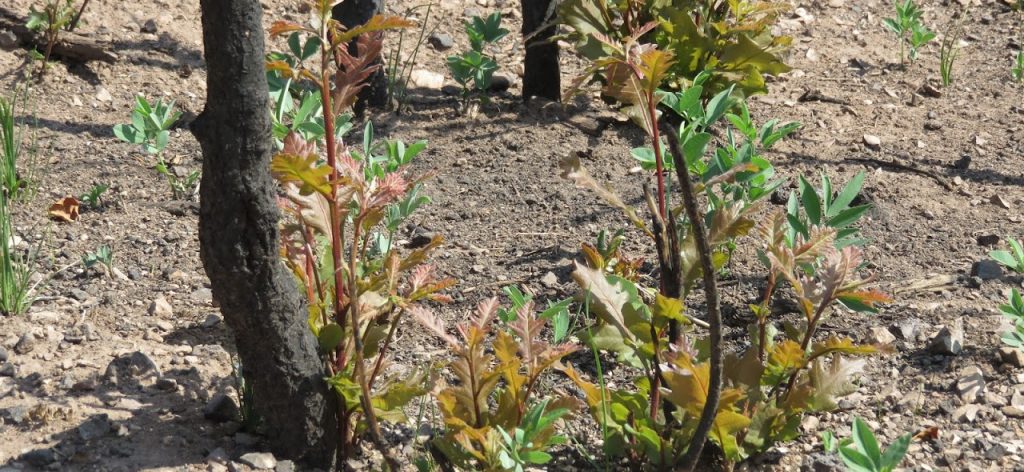
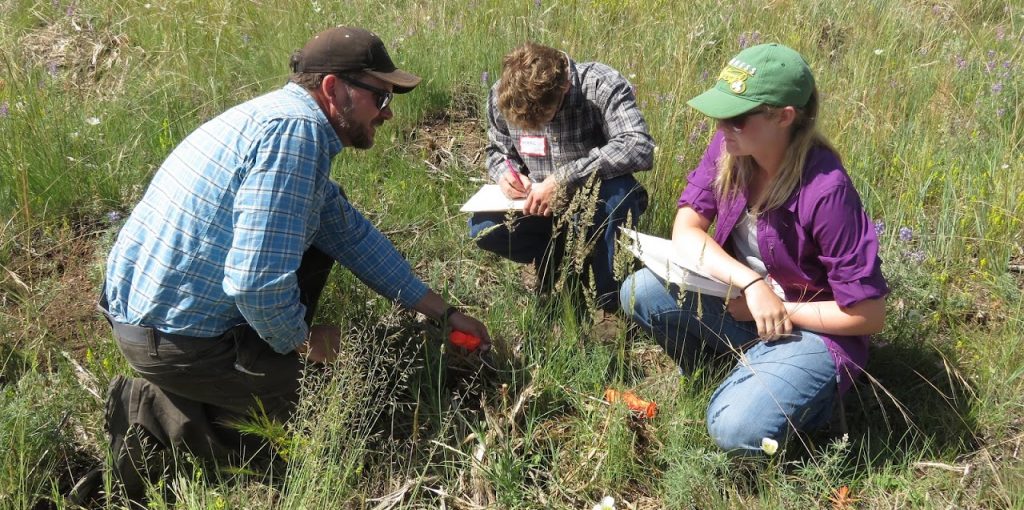
There is a growing need for science-informed management and planning of western ranches. With the increasing threats of invasive species, catastrophic wildfires, forest insect epidemics, and recurring droughts, ranchers are facing new challenges to their livelihoods every day. As part of the Western Ranch Management and Ecosystem Stewardship Program, students have opportunities to lead or participate in small-scale research projects designed to help ranchers make informed management decisions. Research needs are identified by ranchers, and projects are generally aimed at informing management practices and decisions. For example, students may examine how different grazing practices affect soil health through lab analyses, use camera traps to conduct wildlife inventories or monitor vegetation response to fire using satellite remote sensing. Although research projects take place on individual ranches, the questions they aim to answer will help inform management decisions across the larger ranching community. Each project is overseen by a research scientist at the Natural Resource Ecology Laboratory. Students are hired as research assistants and will play a central role in the research design, data collection, analyses and reporting of results. This not only gives the students hands-on experience in applied research, but also helps their professional development, creates networking opportunities and advances their career goals. In return, ranchers gain valuable information on the effectiveness of management practices, impacts of natural events, and opportunities to further the economic and ecological sustainability of their operations.
Current Research
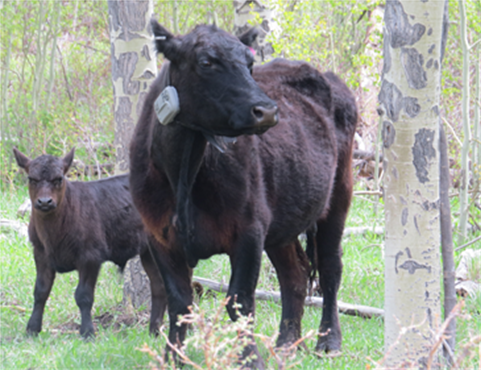
Testing Applications of Virtual Fencing Technologies for Livestock Management
Virtual fencing is an emerging technology adopted by several Colorado ranches in 2021, with many more purchasing the technology in the coming year. Virtual fencing systems may lead to more efficient and profitable operations by allowing ranchers to flexibly herd livestock in real time. Livestock are contained through sensory cues (e.g., sound, electrical stimulus) administered by an electronic collar (pictured to the left) as animals approach virtual boundaries created on tablet or computer screens. Virtual fencing has many exciting potential applications in livestock production and rangeland management. It can be economical compared to traditional fencing, eliminate wildlife losses associated with barbed wire, and offer flexibility that can improve both profit and environmental outcomes.
The possibilities are numerous, but there are few rigorous examples for this emerging technology. Our team is collaborating with ranchers, researchers, and non-profits to 1) test the installation, application and effectiveness of virtual fencing systems, 2) identify and quantify economic costs and benefits to the rancher, 3) examine how the system may affect the condition, performance and welfare of livestock, and 4) evaluate its use in achieving ecological targets, such as mitigating the impacts of invasive species or climate change on ranches. The technology is evolving quickly, producers are eager to learn more about the opportunities and limitations, and existing research is thin
Evaluating interactions between forest management and burn severity in the Spring Fire
The Spring Fire, ignited on June 27th, 2018, ranks as the third largest wildfire in the history of Colorado. The fire consumed 108,000 acres dominated by pinyon/juniper, sagebrush, Gambel oak, ponderosa pine, and mixed conifer forests. Fuels, accumulated from historic management practices and recent insect outbreaks, were reported to be extremely dry and receptive to burning. The Spring Fire is unique in that the majority of the burned area is located on ranches and smaller privately-owned lands, although the fire also burned state, US Forest Service, and BLM managed lands.
Some of the ranches in the area had active fuel mitigation programs that included forest thinning to reduce burn severity and fire impacts. We worked with the NASA DEVELOP program to map burn severity following the Spring Fire, and are now partnering with area ranches to study how pre-fire forest treatments influenced burn severity. This study will evaluate the impacts of the fire and forest treatments on wildlife habitat, understory vegetation, soil erosion, invasive species, and tree survival/mortality and regeneration. This study has already involved seven students and will continue in 2020 providing opportunities for additional student participation in the research and engagement with ranch managers. The results of this study will provide valuable information to the ranching community on the types of forest treatments that work best to reduce fire impacts on the land.
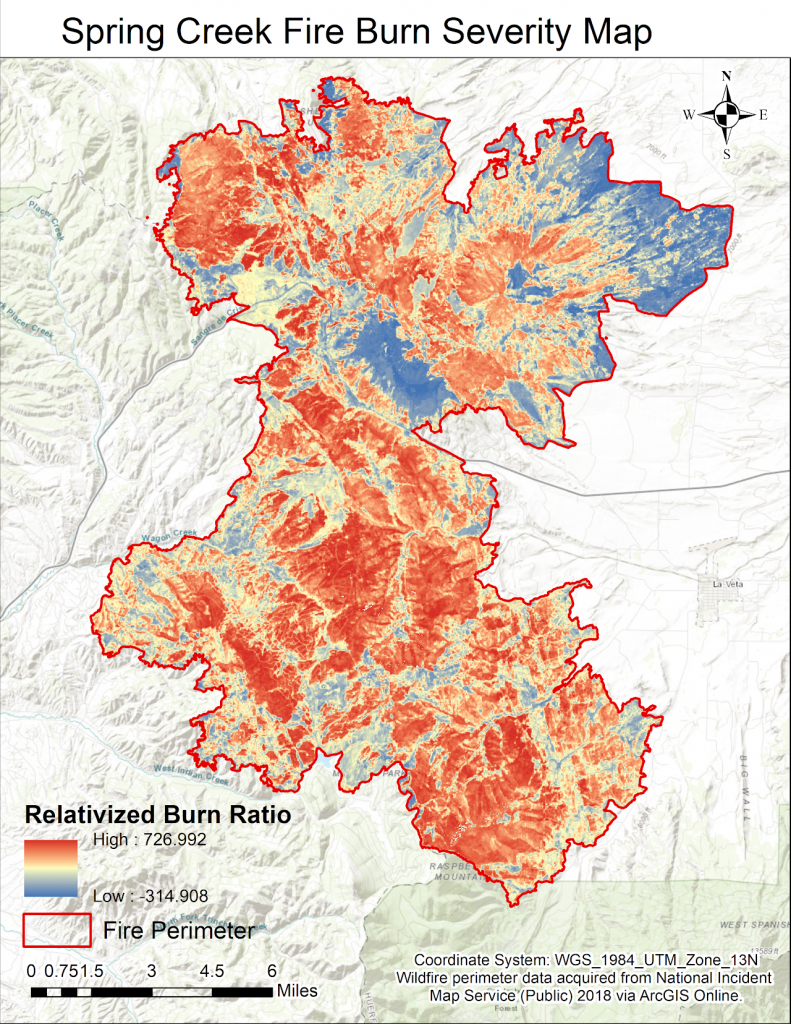
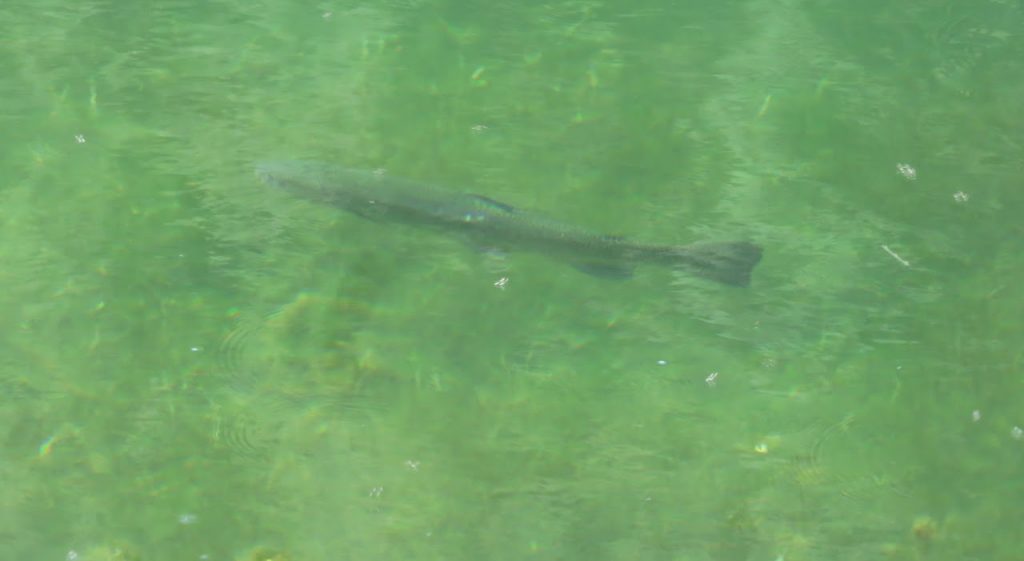

Monitoring wetland and riparian habitats to guide Rio Grande cutthroat trout habitat restoration
The Rio Grande cutthroat trout (Oncorhynchus clarkii virginalis) population has been declining over the last century largely due to habitat loss and competition and hybridization with non-native trout species. In 2002, the subspecies was considered for listing under the Endangered Species Act. Since then, conservation efforts led by ranching communities in Colorado and New Mexico, and federal, state, and tribal entities, have helped stabilize Rio Grande cutthroat trout populations through habitat improvement projects, eradication of non-native trout and breeding programs. Rio Grande cutthroat trout have also been reintroduced to watersheds as part of the largest native trout restoration projects in North America. These efforts led to the U.S. Fish and Wildlife Service deciding in 2014 that listing under the Endangered Species Act was no longer warranted.
As ranches continue to partner with state and federal agencies to preserve the viability of the trout population, they are helping restore wetlands and riparian areas which are vital for the cool water temperatures, water quality, and habitat needed by these trout. In partnership with NASA DEVELOP, students are working with ranches to use satellite imagery to map and classify wetland and riparian areas along streams and lakes in several watersheds in southern Colorado and northern New Mexico. The results of this work will help characterize trout habitats and identify potential threats to wetland and riparian areas. Continued conservation efforts by ranchers and stakeholder partners will be critical to sustain the viability of the Rio Grande cutthroat trout from new threats, such as water diversions, forest fires and climate change.
Landowner’s guide to forest carbon markets
Forest carbon markets can provide financial and ecological benefits for ranches. They value the non-consumptive use of forest resources and provide revenues, foster long-term conservation goals and contribute to climate change mitigation by enhancing forest carbon storage. Carbon markets provide a mechanism for rewarding landowners for a key ecosystem service – carbon sequestration. Broader access to forest carbon markets would benefit landowners and foster the many ecosystem services that resilient forests will provide into the future. With a USDA McIntire-Stennis Capacity Grant, we are researching potential forest carbon market opportunities for western ranchers and testing traditional and satellite remote sensing methods to estimate aboveground forest carbon. We are compiling a user’s guide for ranches interested in learning more about carbon markets to help them determine if these programs are a feasible option for their long-term management strategy. Students will be involved in forest assessments, data collection, analyses, carbon market research and dissemination of results.

